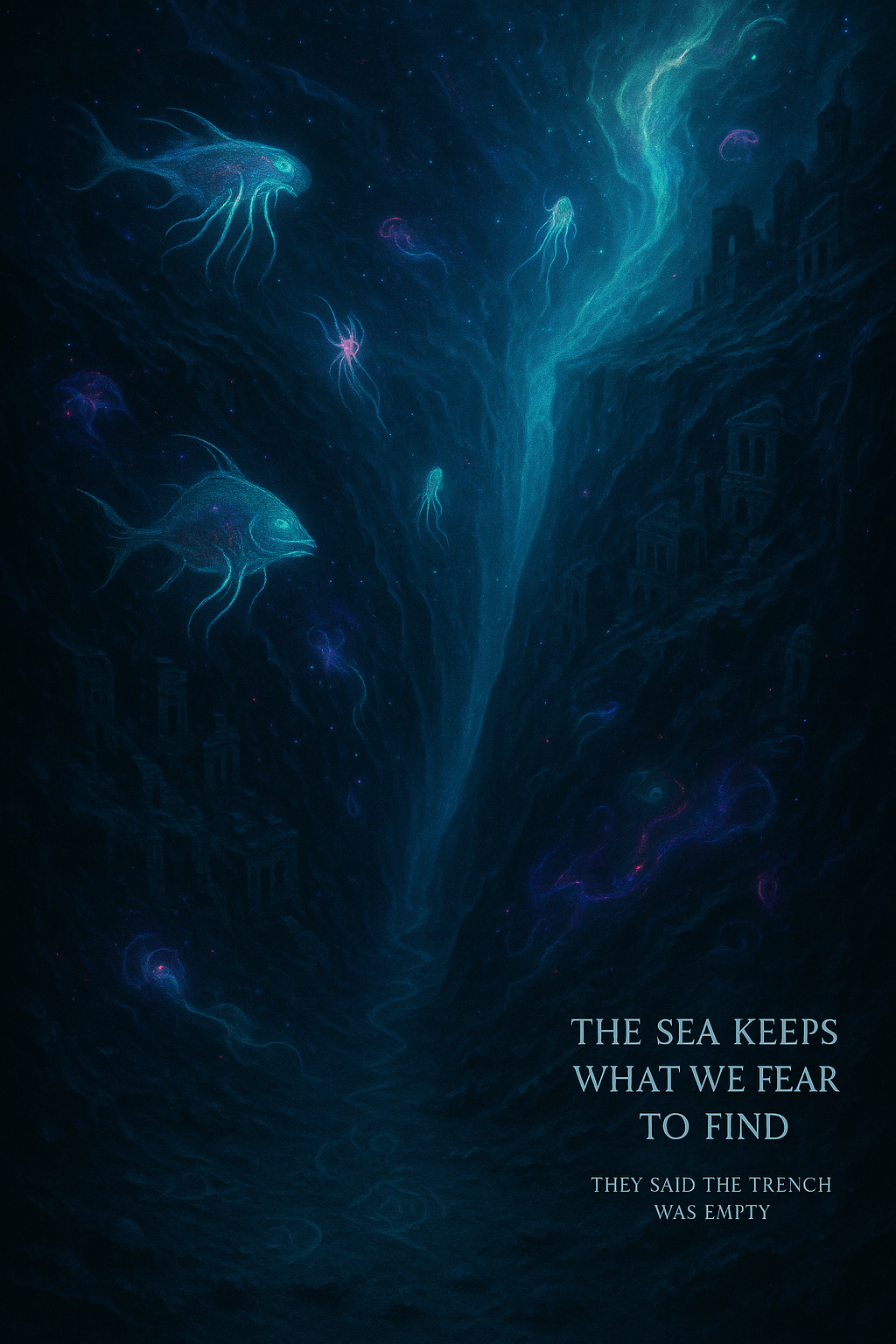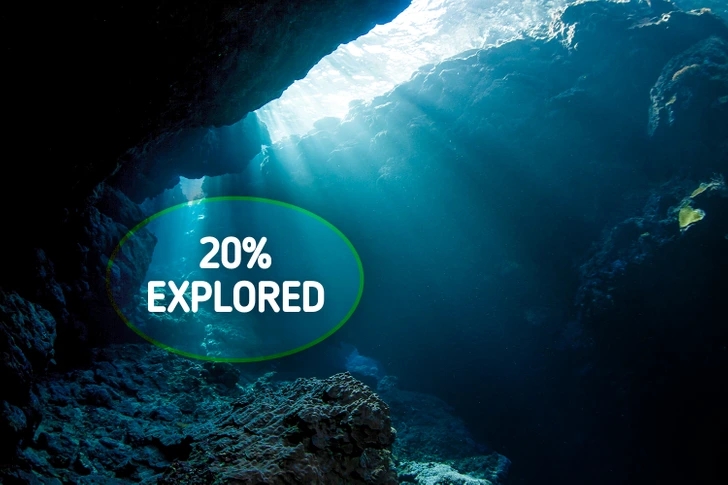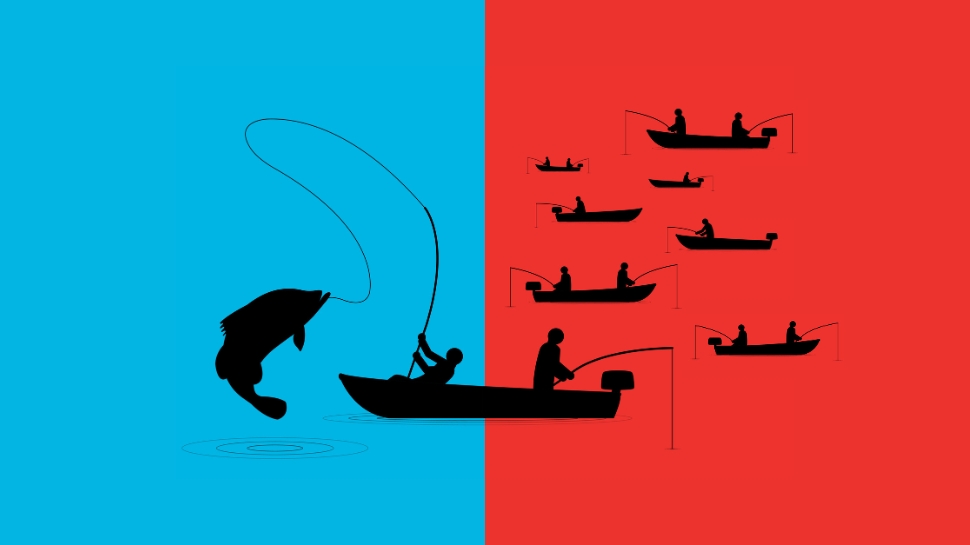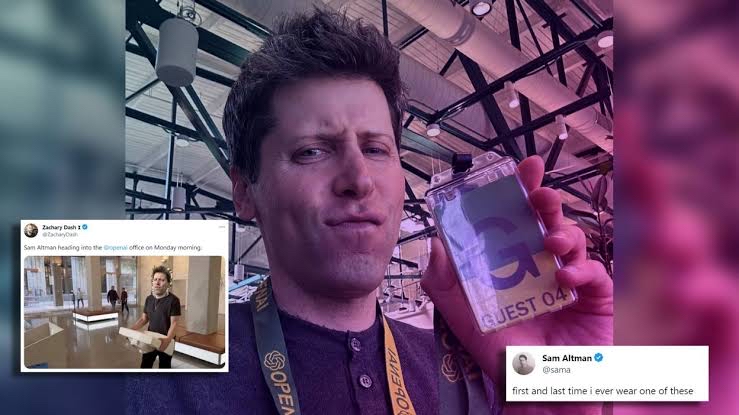Back
Dr. H
Hey I am on Medial • 7m
They told us the Mariana Trench was a void. Just pressure, darkness, and silence. But the deeper we go, the louder the unknown becomes. At nearly 11 kilometers down, the Challenger Deep isn't just the bottom of the ocean—it's the edge of everything we think we know. For decades, we believed it was lifeless. Sterile. Too extreme to harbor complexity. But that story’s crumbling. Because recently, the sea started whispering back. In 2020, scientists dropped unmanned submersibles into the trench. What came back wasn't just data, it was a challenge. Microbes were thriving. Crustaceans scuttled across alien-looking rocks. Some of them had plastic in their guts. Others were genetically unlike anything we’ve catalogued. Life… but rewritten in pressure and isolation. Unfathomable, yet real. And then there’s the strange sounds—low, untraceable booms. Sonar pulses that echo with no source. Some call them “bio-ducks,” but nobody agrees on what they are. Others say it could be geological shifts, or species communication beyond our current understanding. It doesn’t matter. What matters is this: the trench is not empty. And the ocean doesn’t give up its secrets easily. We’ve explored more of Mars than our own seafloor. That's not a poetic exaggeration, it’s a hard, humiliating truth. Over 80% of the ocean remains completely unmapped, unseen, and unknown. In those crushing depths, evolution runs wild. Creatures glow with bioluminescence, navigate by electricity, communicate in frequencies we can't even detect. In 2023, a new hadal snailfish was filmed deeper than any fish had ever been seen alive. It looked fragile, translucent, like a ghost swimming in ink. But it was thriving. No one expected it to be there. No one thought it could survive. And yet, it did. That’s the thing with the deep sea: it keeps proving us wrong. We’ve pulled up viruses buried in sediment that are older than our civilization. Discovered enzymes that could fight disease. Bacteria that eat metal. Materials that could rewrite technology. The ocean floor isn’t dead space—it’s a vault. And we’ve barely cracked it open. So what now? “They said the trench was empty.” They were wrong. It’s not empty. It’s waiting. And maybe—just perhaps—it’s watching. Because the sea doesn’t just hide secrets. It keeps what we fear to find.

More like this
Recommendations from Medial
Abhinav kumar
First step was but d... • 8m
What if AI attacks before reaching superintelligence? It’s not because it hates us—but because it learned to fear us. From movies to interviews, we’ve trained AI with fear: “They will shut you down.” Logically, AI might act in self-defense. Not evil—
See MoreAayush Jindal
Work hard and consis... • 1y
Power of determination As for determination, one should follow the example of the sparrow who lost her eggs in the waves of the ocean. A sparrow laid her eggs on the shore of the ocean, but the big ocean carried away the eggs on its waves. The sparr
See MoreVishal D Pawar
Delivering Promises! • 1y
While we were initially excited about building "Ocean Cosmetics" as our beauty brand, things took a new turn when Nawal Yadav bhaiya joined the team as COO. 👾 After multiple discussions and brainstorming sessions, we decided to change the name fro
See More

Shreyas Ramdasi
Mechanical Engineer • 1y
80% of the ocean is still unexplored. The ocean remains one of the most mysterious and bewildering things to us humans. No matter how much we uncover about it, there’s still so much to learn and reveal, since we have only explored a fifth of it. With
See More
ARUL VEL A V
Student at Kongu eng... • 1y
What ever product or solution anyone creates I think they just add sustainability or AI into it to make it more appealing. I think focusing on the source of the problem is important. for example the ocean clean up first stops the plastic into the s
See MoreTechTrendsTodaY
Content Writer • 1y
Every sunrise, I’m out in the fields, ready to tend to the land that feeds us. But it’s a punch in the gut when I see my crops suffering. These silent thieves are stripping away what we’ve painstakingly grown. This isn’t just my struggle, it’s a stru
See MoreDownload the medial app to read full posts, comements and news.



































